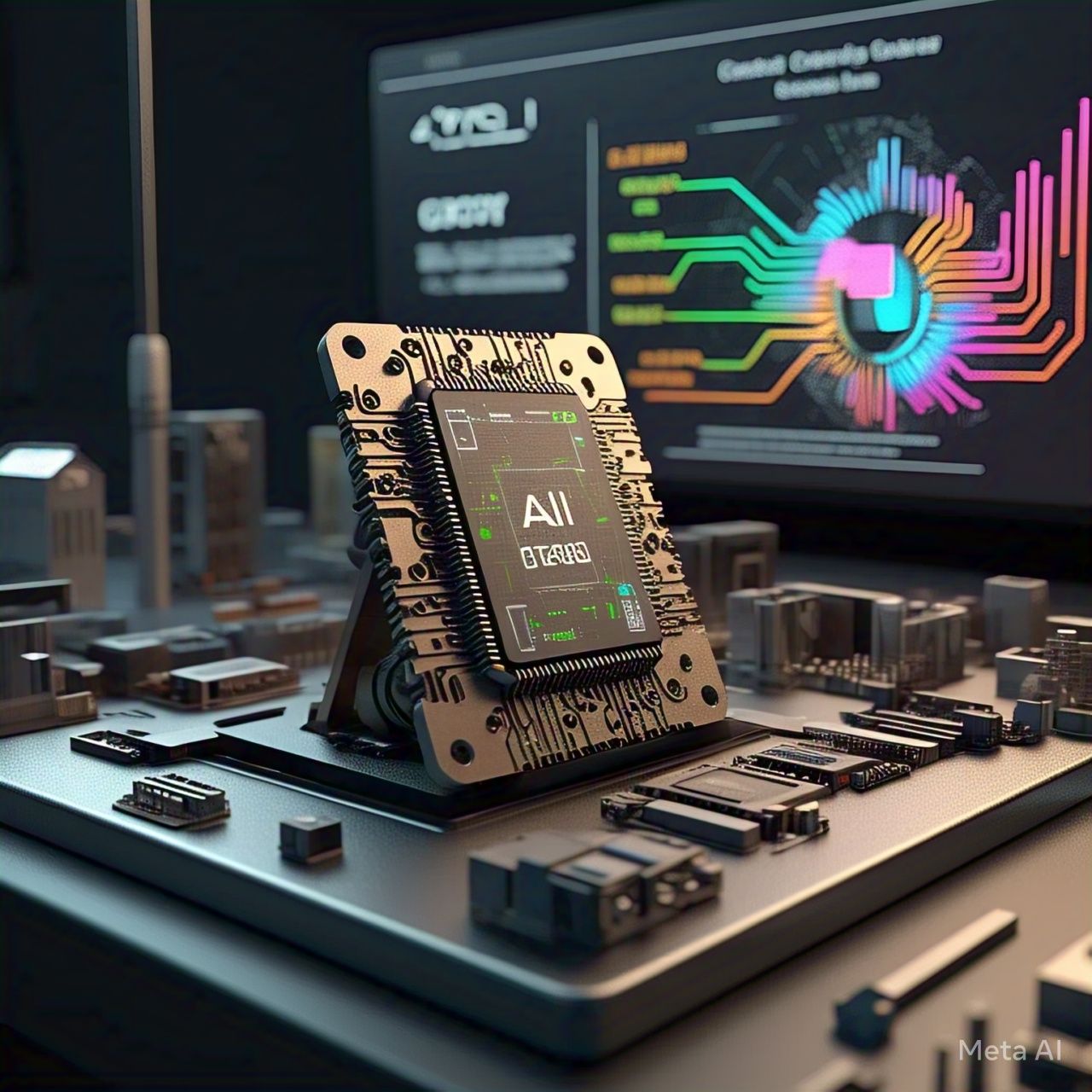Introduction
Smartphones have evolved beyond mere communication tools into powerful AI-driven devices capable of performing complex tasks like real-time language translation, computational photography, and intelligent voice recognition. At the core of this transformation lies the AI processing power embedded within modern smartphone chips.
In this article, we take a deep dive into how AI is revolutionizing smartphone processors, breaking down their architecture, capabilities, and impact on everyday mobile experiences.
The Evolution of AI in Smartphone Chips
AI integration into smartphone chips has progressed significantly in the past decade, with major advancements in:
- Neural Processing Units (NPUs): Dedicated hardware blocks that accelerate AI computations.
- Machine Learning Accelerators (MLAs): Specialized circuits designed to enhance deep learning performance.
- On-Device AI Processing: Reducing reliance on cloud computing by executing AI tasks locally.
Chip manufacturers such as Qualcomm, Apple, Google, MediaTek, and Samsung have led the charge, pushing the limits of AI-powered mobile computing.
Understanding AI Processing in Smartphone Chips
1. The Role of NPUs in AI Computing
Modern smartphone processors include Neural Processing Units (NPUs) to handle AI workloads efficiently. NPUs enhance:
- Real-time AI decision-making (e.g., intelligent photo enhancements, voice assistants).
- Power-efficient computations (offloading tasks from CPU/GPU for better battery life).
- Faster AI inference speeds (running machine learning models instantly on-device).
Apple’s A17 Pro, Qualcomm’s Hexagon NPU, and Google’s Tensor Processing Unit (TPU) are prime examples of industry-leading AI processors.
2. AI-Powered Computational Photography
One of the most noticeable applications of AI in smartphone chips is computational photography. AI enhances:
- Low-light photography with noise reduction and advanced HDR algorithms.
- Portrait mode enhancements using AI depth mapping for better subject isolation.
- Real-time video processing with AI-driven stabilization and color grading.
Google’s Pixel devices, powered by Tensor AI chips, are known for their exceptional AI-driven photography features.
3. AI-Enhanced Speech and Voice Recognition
Smartphone AI chips improve speech recognition and natural language processing (NLP), enabling:
- Faster and more accurate voice assistants (Siri, Google Assistant, Bixby, Alexa).
- Real-time transcription and translation services powered by AI models.
- Enhanced call clarity with AI-based noise cancellation and voice isolation.
Google’s Tensor G3 AI engine excels in NLP, allowing Pixel smartphones to process speech more naturally and efficiently than traditional processors.
4. On-Device AI vs. Cloud AI
With on-device AI processing, smartphone chips reduce dependence on cloud-based AI services, offering:
- Better privacy and security (sensitive data processed locally instead of on remote servers).
- Faster AI responses (low latency due to reduced need for internet connectivity).
- Lower data usage (minimizing bandwidth consumption for AI-driven applications).
Apple’s Secure Enclave and AI-powered privacy features showcase the advantages of on-device intelligence over cloud-based alternatives.
Leading AI Mobile Chips and Their Capabilities
1. Apple A17 Pro (Neural Engine)
- 35 trillion operations per second (TOPS) AI performance.
- Enhances photography, augmented reality, and voice recognition.
- Optimized for on-device privacy and security.
2. Qualcomm Snapdragon 8 Gen 3 (Hexagon NPU)
- Industry-leading AI upscaling and real-time ray tracing.
- AI-powered gaming optimizations and smart battery management.
- AI-enhanced camera features for computational photography.
3. Google Tensor G3
- Designed specifically for AI-powered speech recognition and image processing.
- AI-enhanced call screening and language processing.
- Efficient on-device AI for improved battery life.
4. MediaTek Dimensity 9200+ (APU 690 AI Processor)
- AI-accelerated gaming, computational photography, and video processing.
- Supports multi-frame noise reduction for low-light images.
- Optimized for AI-driven connectivity and 5G enhancements.
5. Samsung Exynos 2400 (AI Engine)
- AI-driven real-time video enhancements and gaming optimizations.
- Supports on-device AI-powered security enhancements.
- AI-assisted power management for extended battery life.
The Future of AI in Smartphone Chips
As AI processing power in smartphones continues to evolve, we can expect:
- More advanced NPUs with ultra-efficient AI computing capabilities.
- AI-powered augmented reality (AR) and virtual reality (VR) integrations.
- Improved AI-driven security with better biometric authentication.
- Seamless AI-enhanced user experiences across apps, cameras, and system functions.
Conclusion
AI-powered smartphone chips are pushing the boundaries of mobile computing, enabling faster processing, intelligent automation, and next-generation features. As AI capabilities continue to improve, we can expect smartphones to become even more intelligent, efficient, and personalized.




